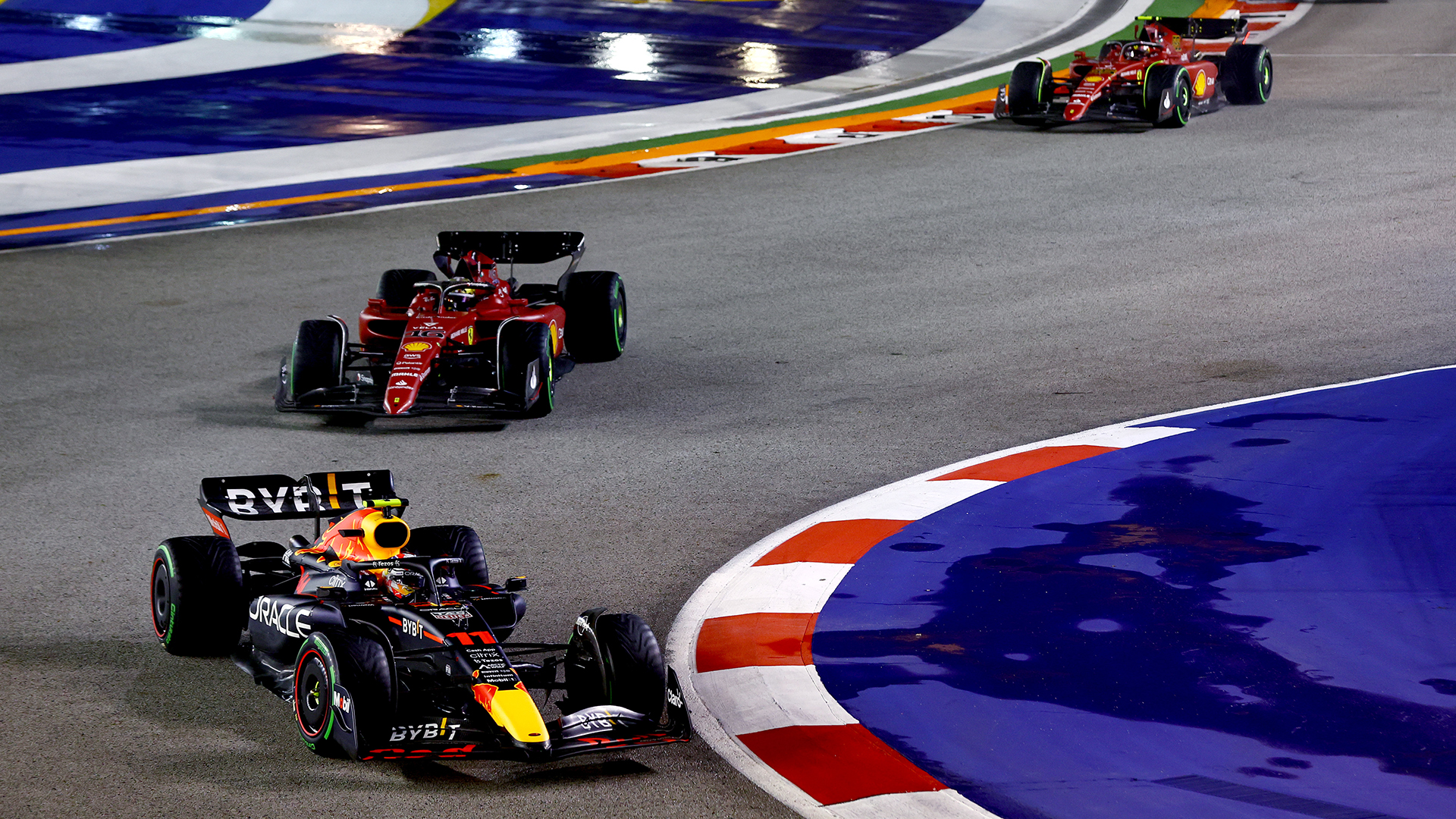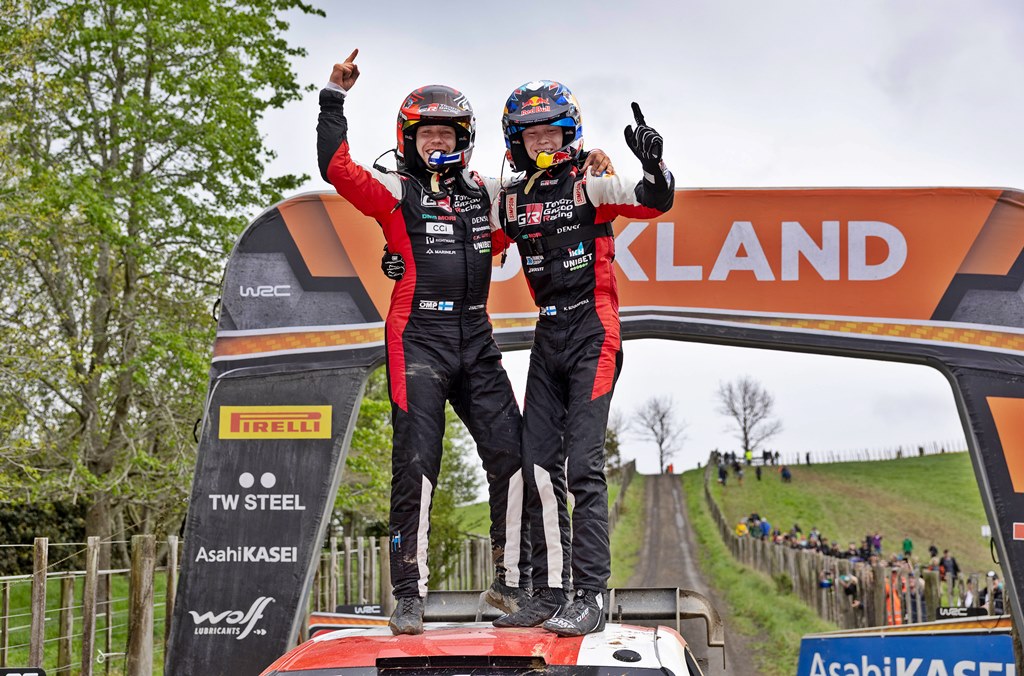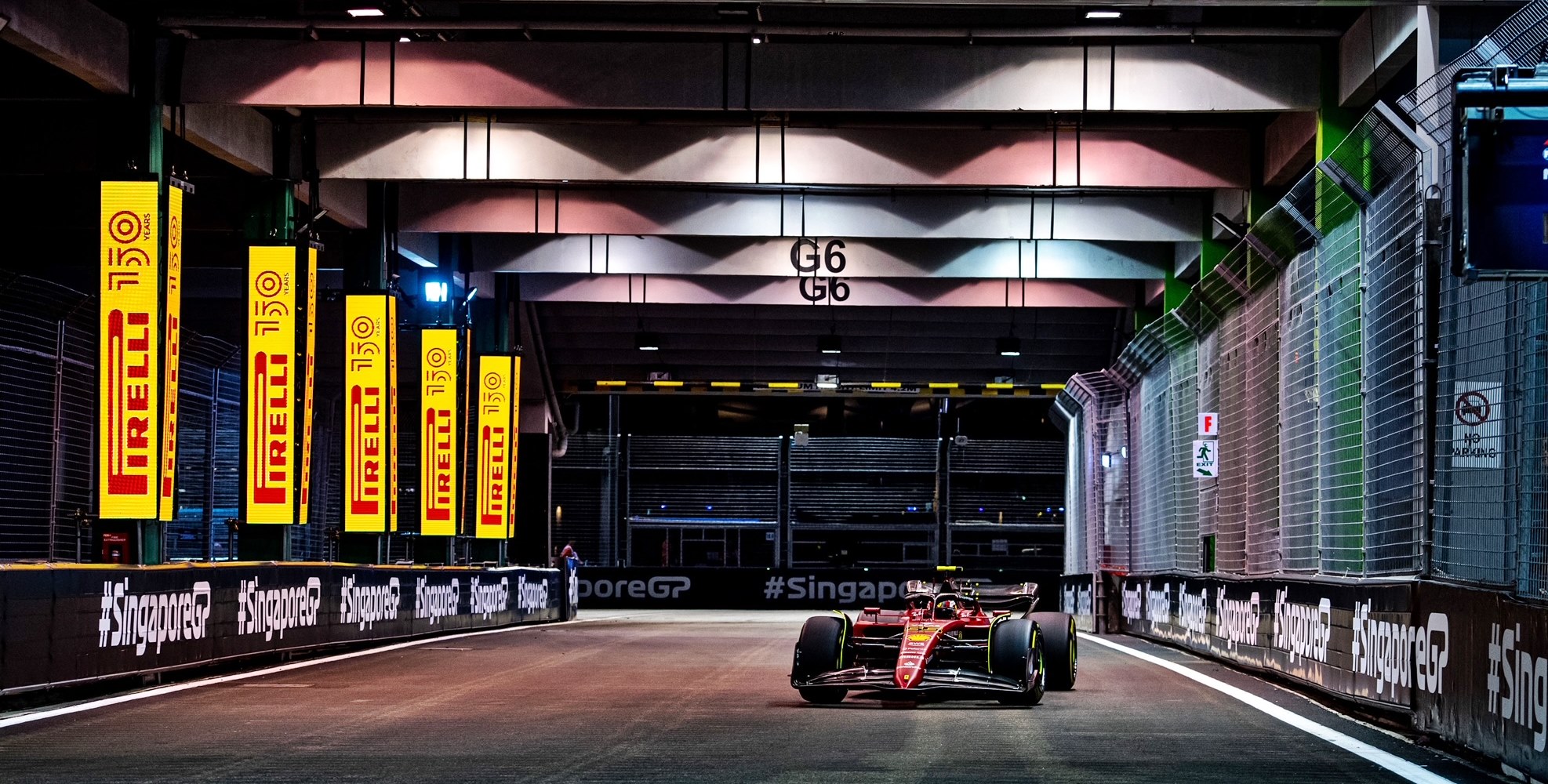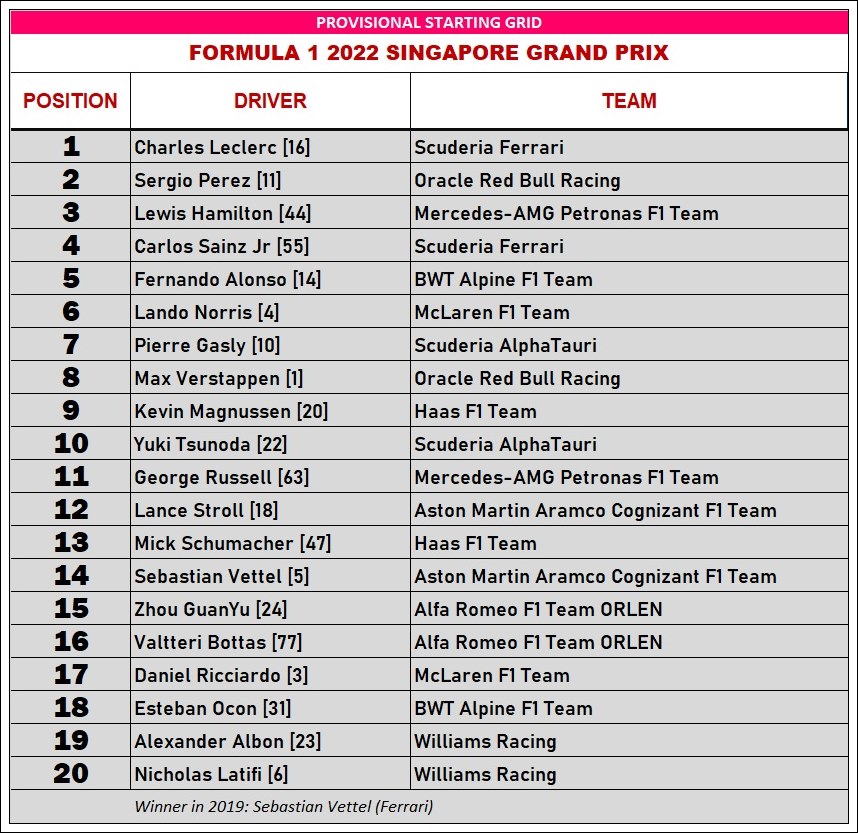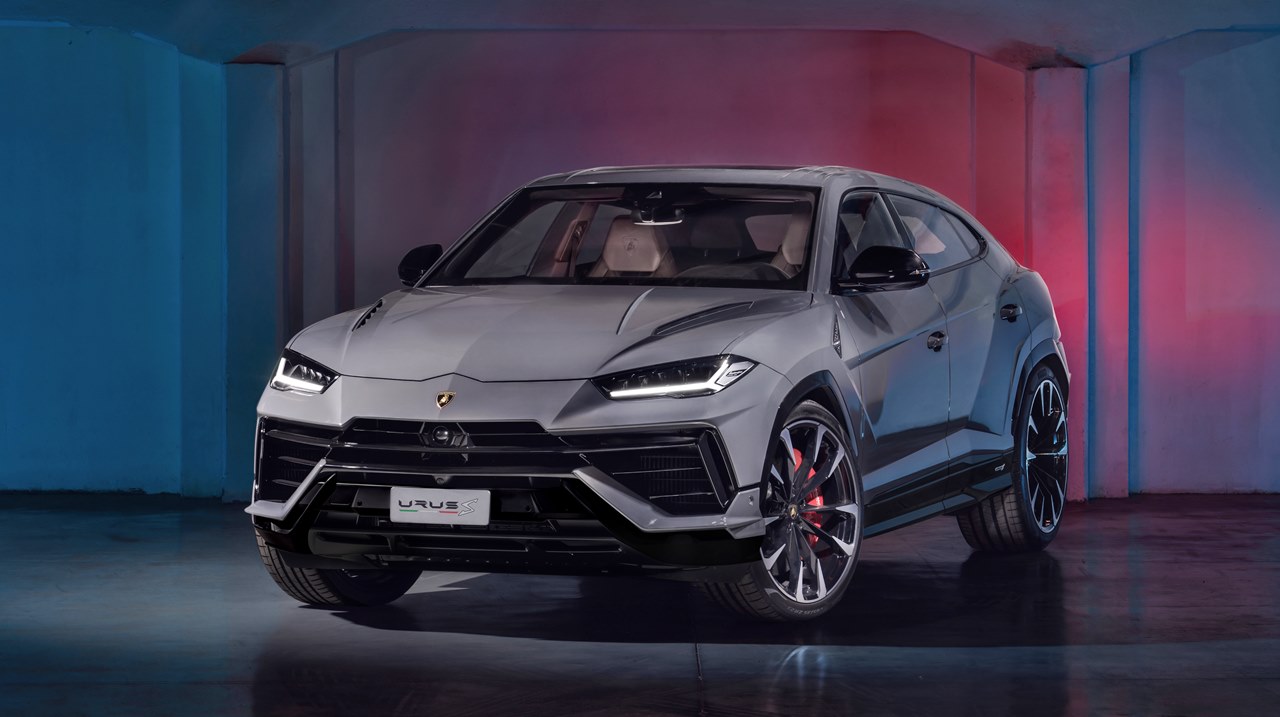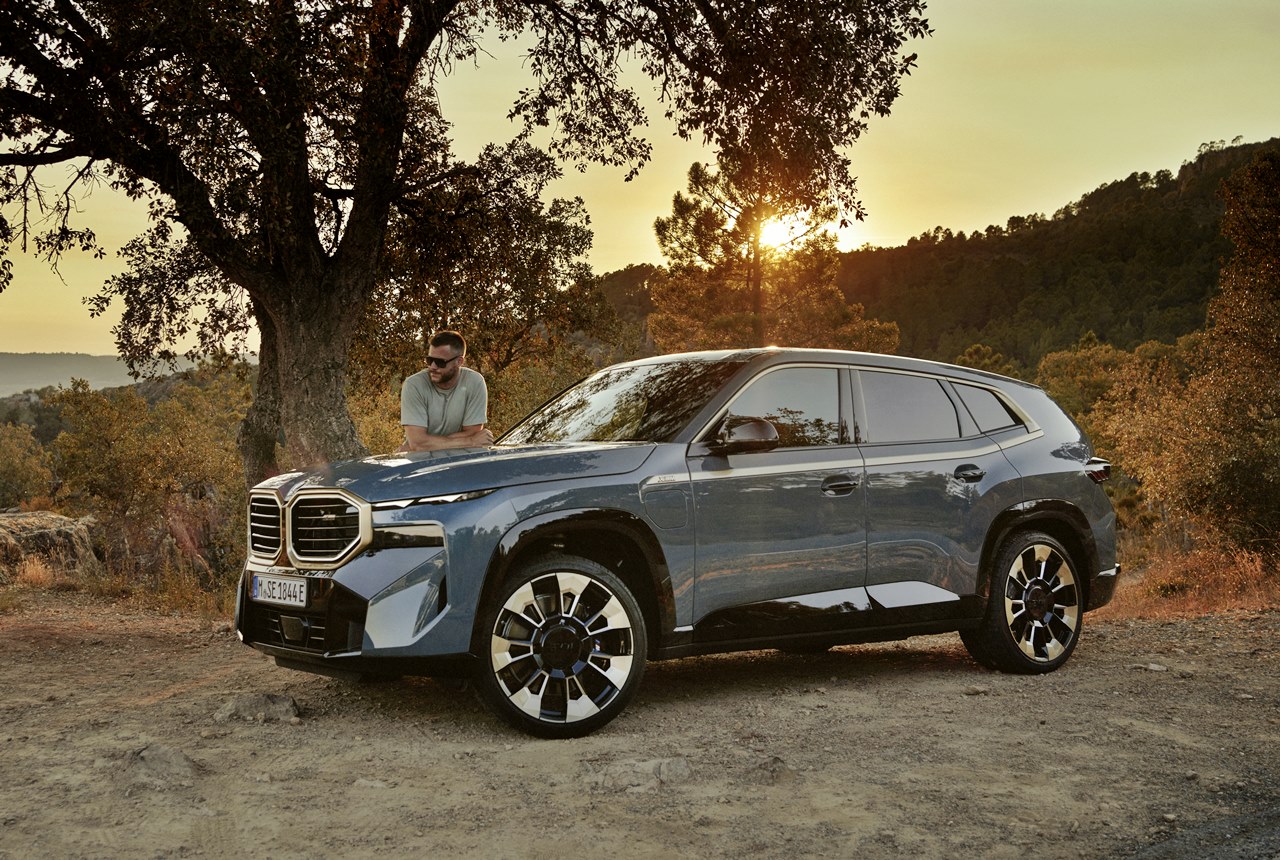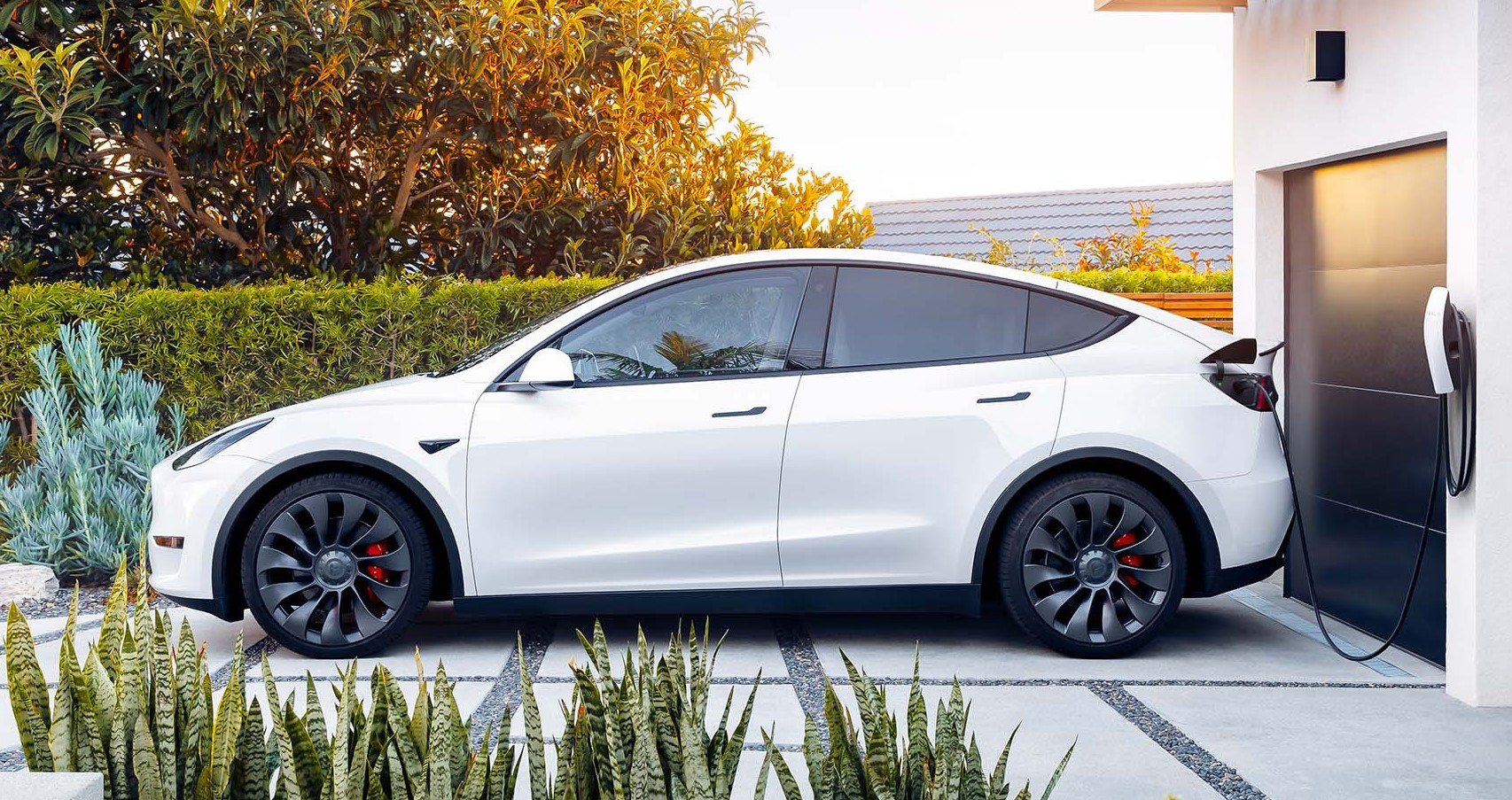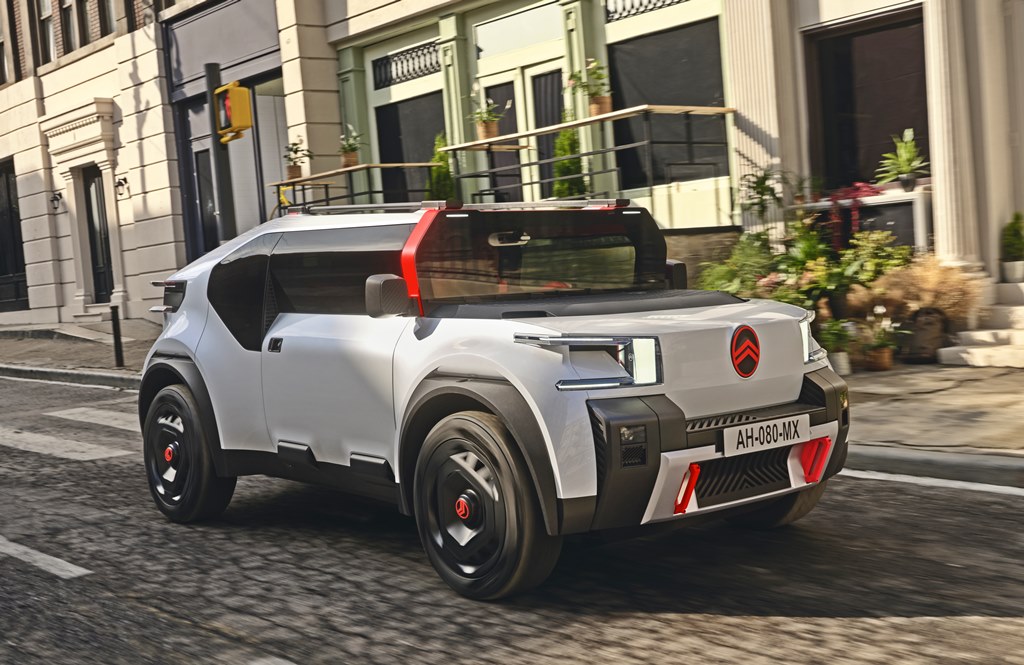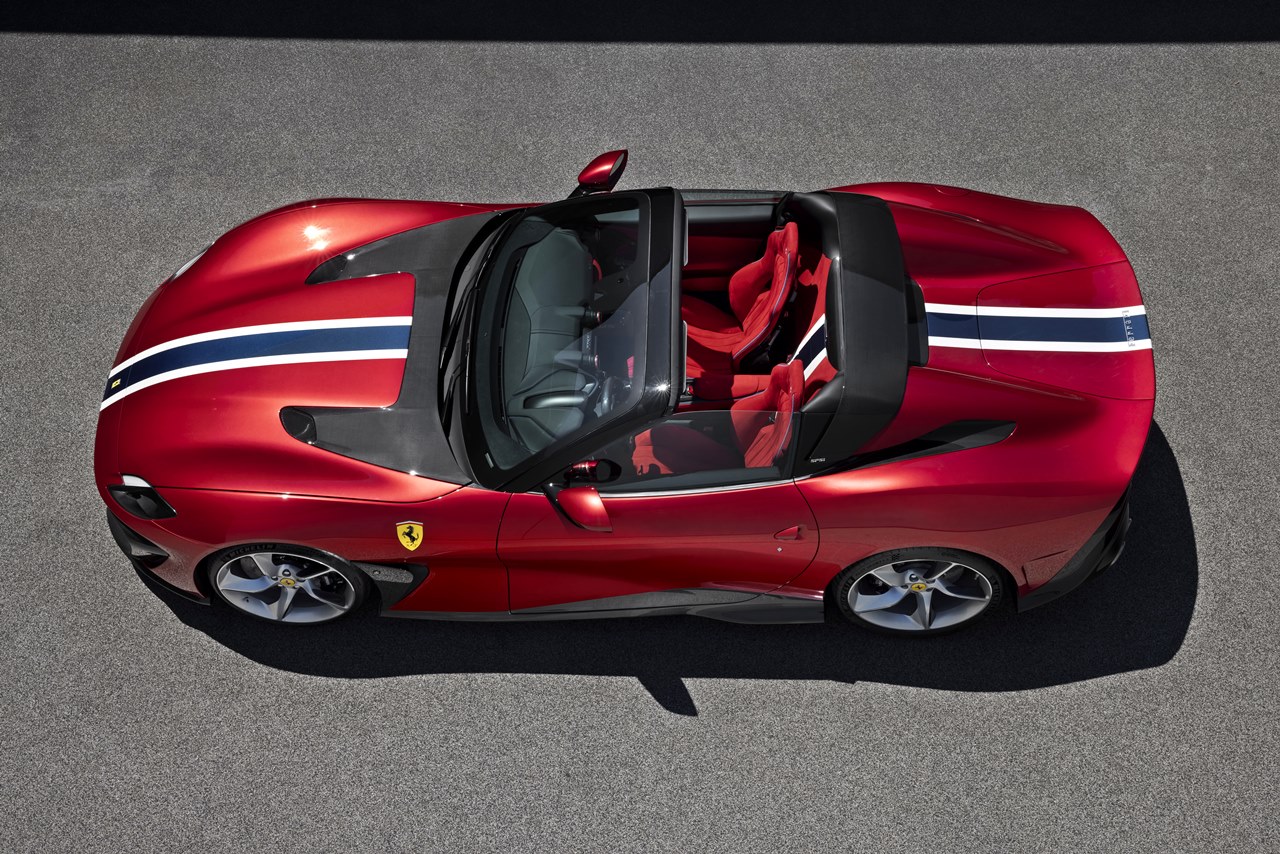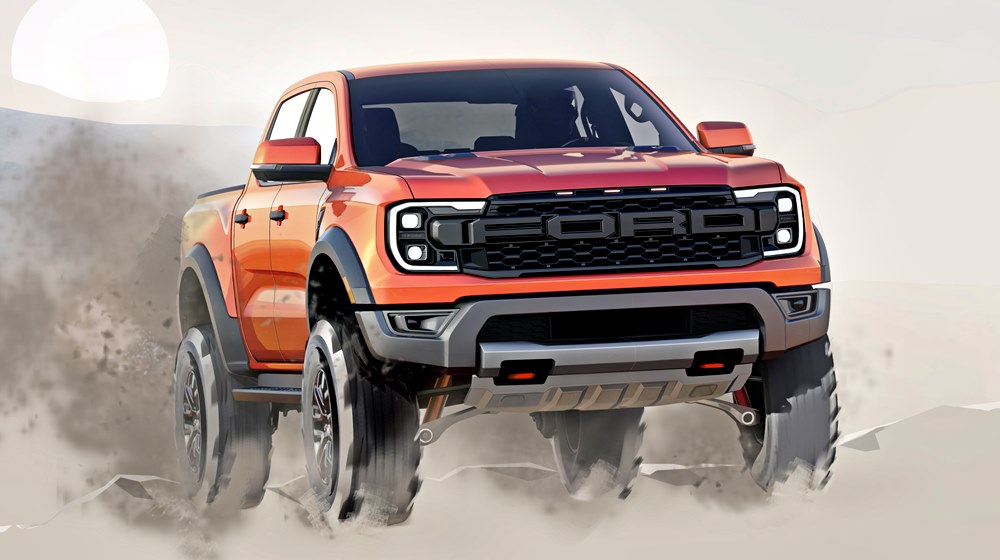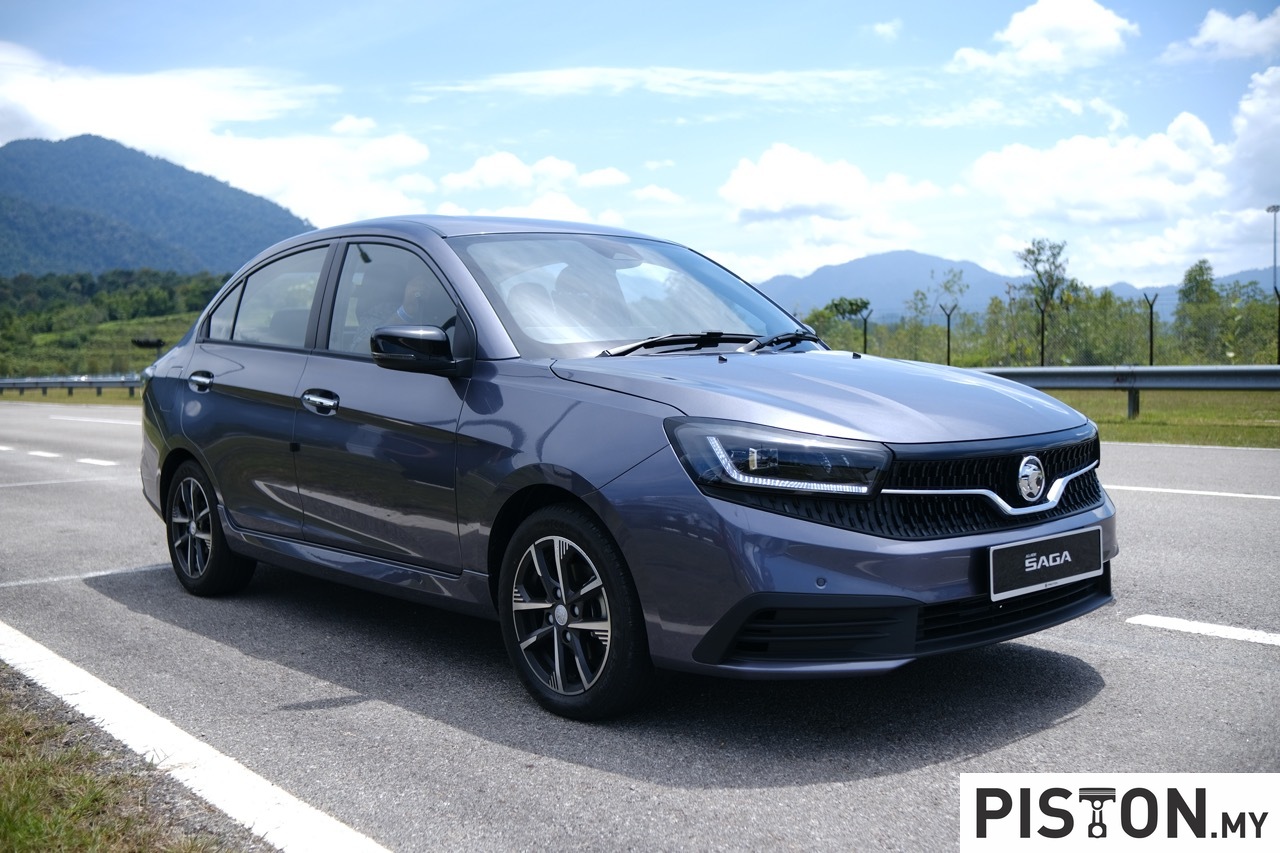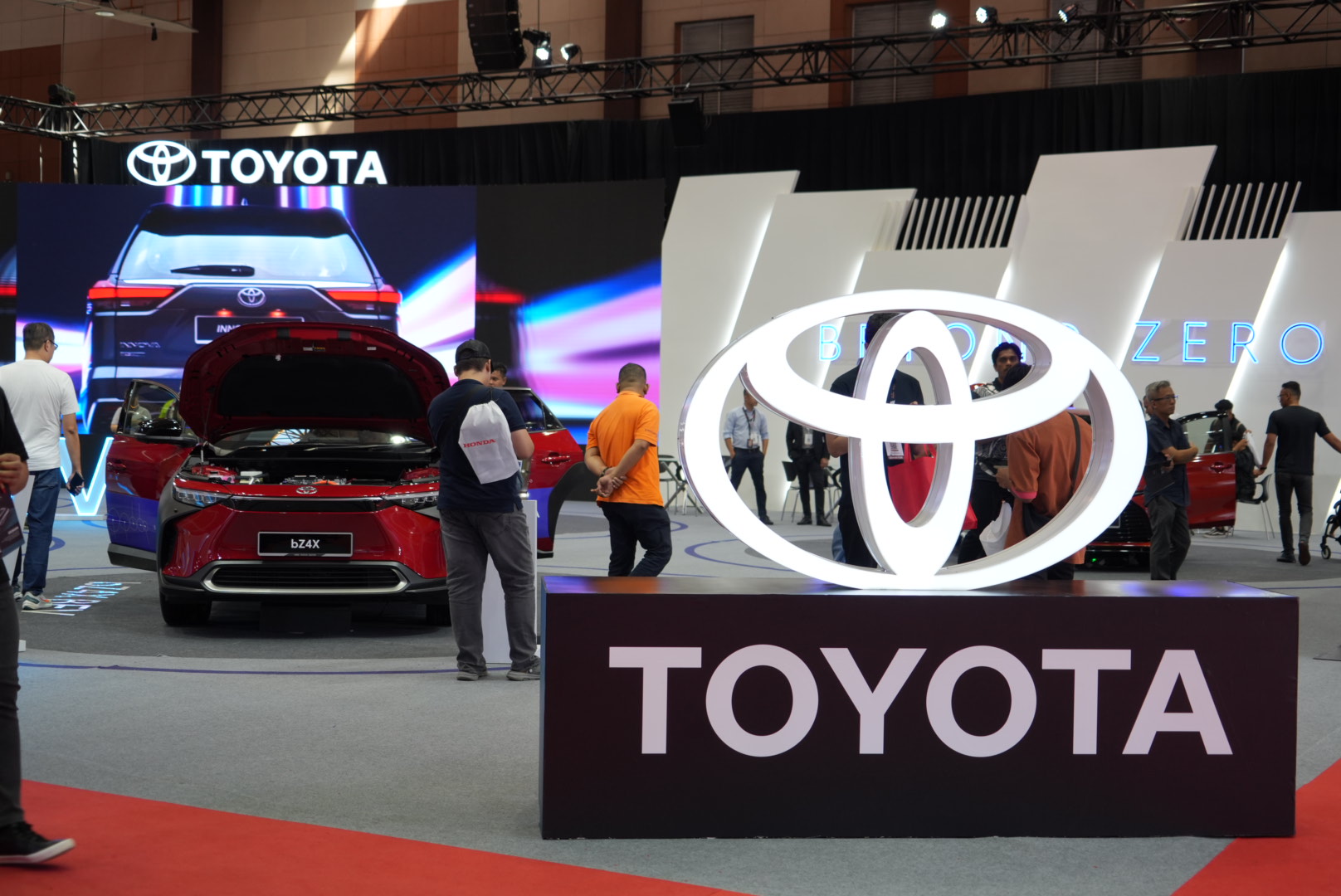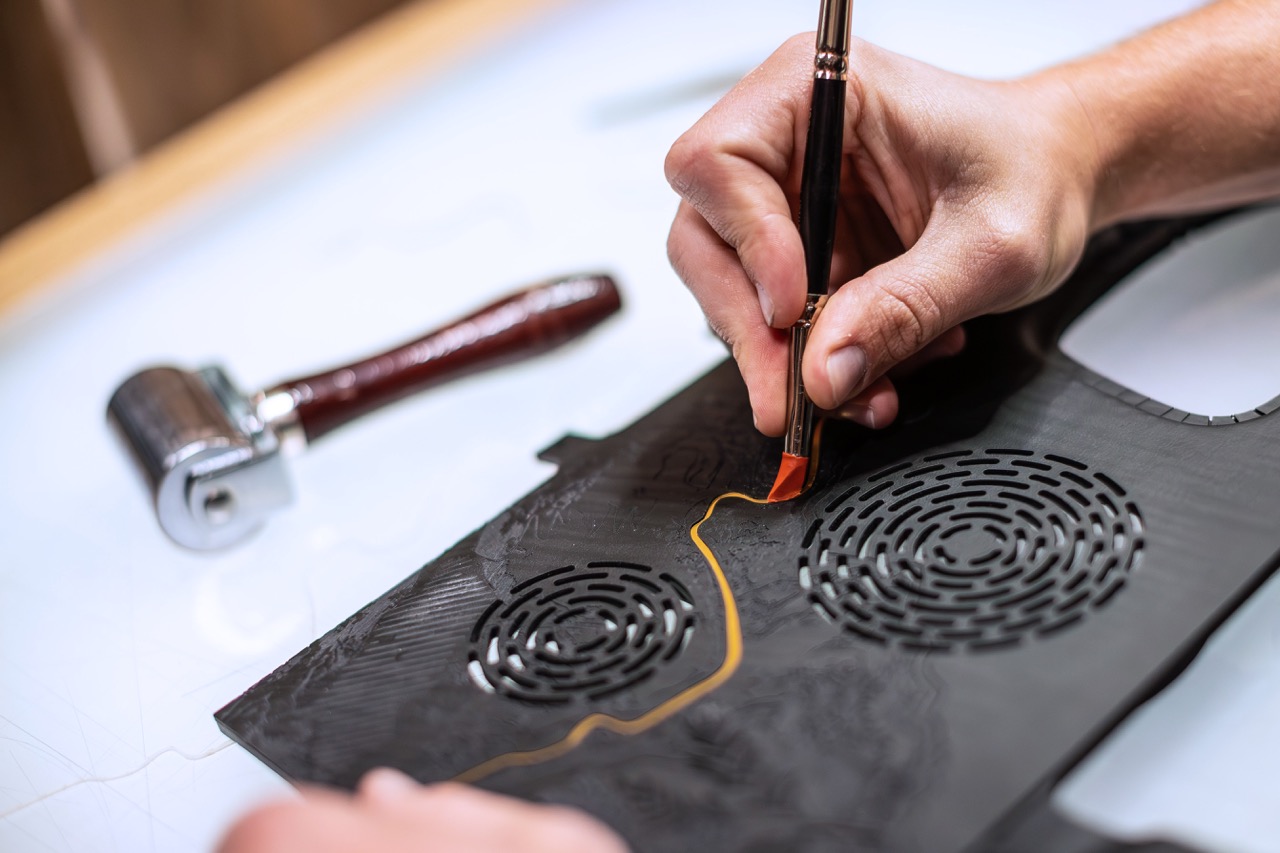
It’s Singapore, so rain was not unexpected and in the hours before the F1 race started, commentators were saying things like ‘buckets’ and ‘dumped with enough water to sail a small boat’. Due to the heavy rain, the scheduled 8 pm start was delayed for an hour to 9:05 pm. Even though the rain eased about 20 minutes before the start time, at least 24 mm of water had fallen on the track.
Heavy rain notwithstanding, the fans turned up in the biggest number in the 13-year history of the event, with attendance of 302,000 spectators. That was 2,000 more than the first F1 race in 2008 and according to Singapore’s Transport minister, about 50% were from overseas.
(more…)
